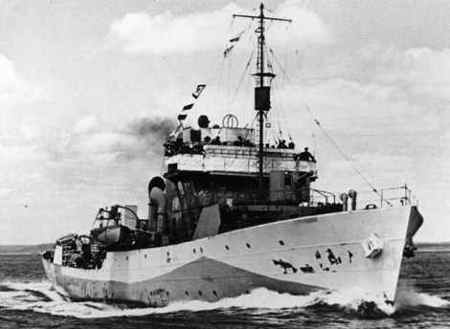Swampbuggy
Full Member
- Reaction score
- 178
- Points
- 530
I suppose it depends on what we want to do with them. Will they be primarily deployed in our waters, or do we need them to go beyond that. If so, how far? Africa, Gulf of Aden or limited to Caribbean ops? I know that the AOPS are capable of any of the above, but with a fleet size of 6, I believe it will be difficult to schedule in many overseas missions. So, IMHO, you need a vessel that can serve any where, short of major combat operations. I'd suggest it be longer, faster and larger displacement than a KINGSTON. Ability to land a helo and UAV, but have a bay/hangar where the later could be maintained/housed. An area for containerized kit/cargo is a must as are two quickly deployable and recoverable RHIBS.
Weapons suite wouldn't have to be too crazy, for it's role. I'd prefer a 57mm main gun and a pair of RWS, but realistically a 25-30mm would probably suffice.
As far as existing examples go, I keep looking at the Kiwi OTAGO class. I know there were weight problems, but I believe that was largely due to special ice shielding for Ross Sea and Antarctic operations. Outside of that, it's a competent ship that would be a good fit.
Weapons suite wouldn't have to be too crazy, for it's role. I'd prefer a 57mm main gun and a pair of RWS, but realistically a 25-30mm would probably suffice.
As far as existing examples go, I keep looking at the Kiwi OTAGO class. I know there were weight problems, but I believe that was largely due to special ice shielding for Ross Sea and Antarctic operations. Outside of that, it's a competent ship that would be a good fit.



